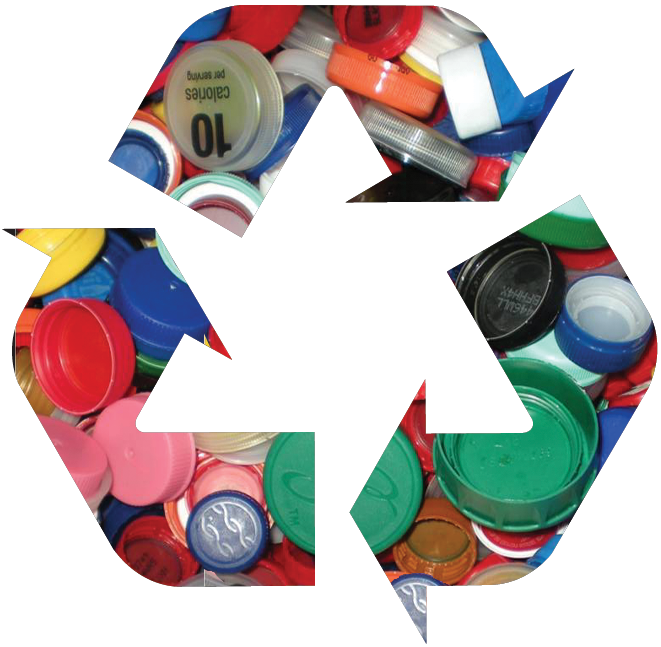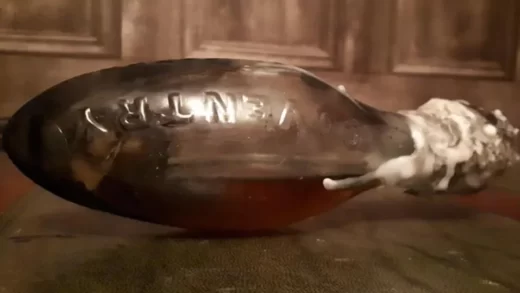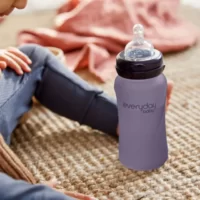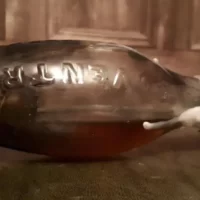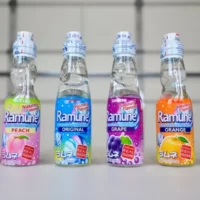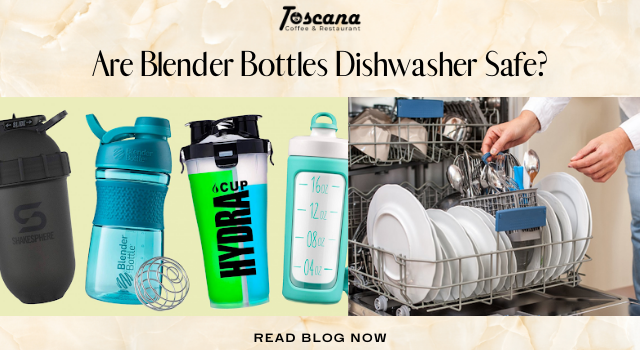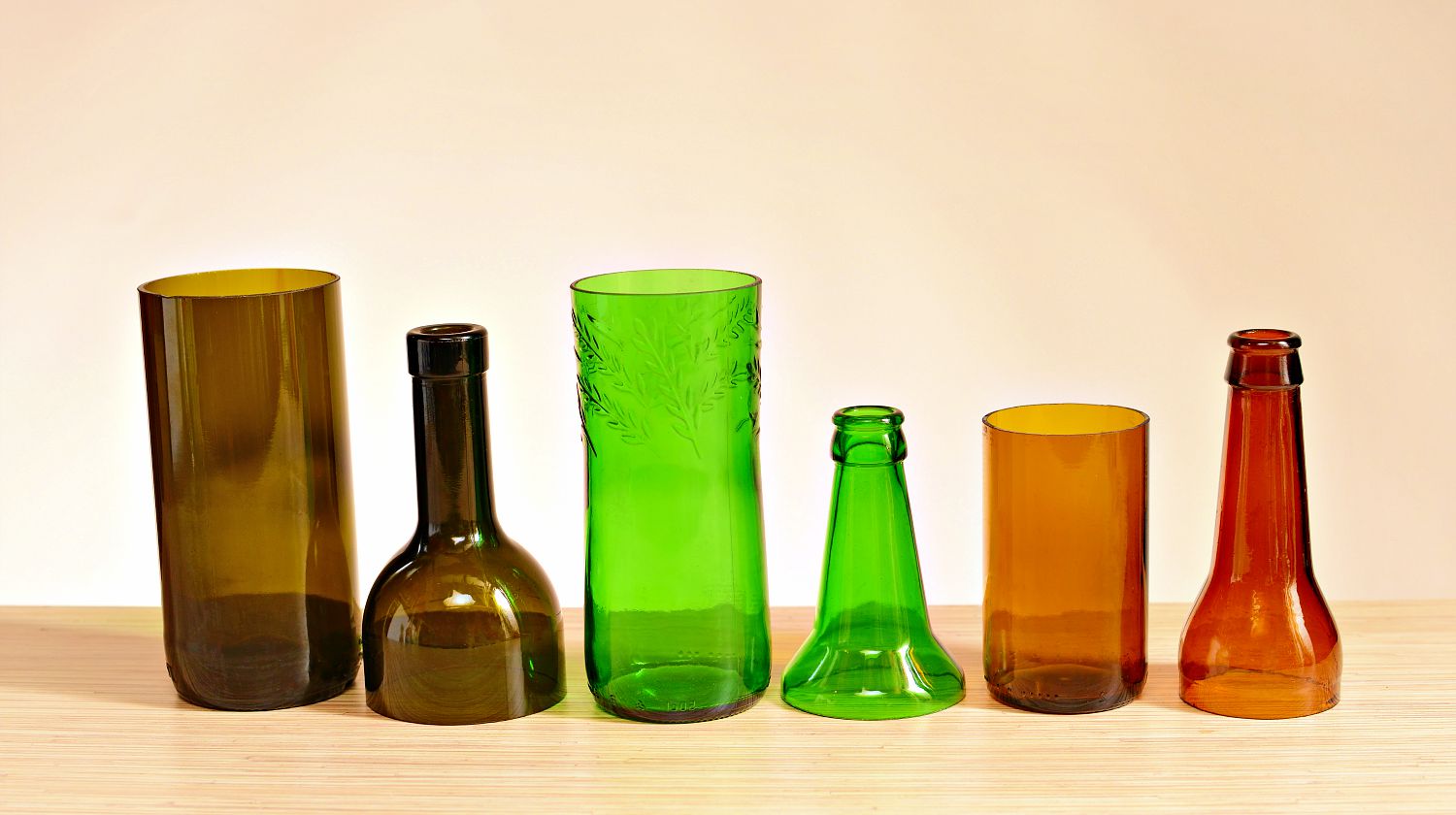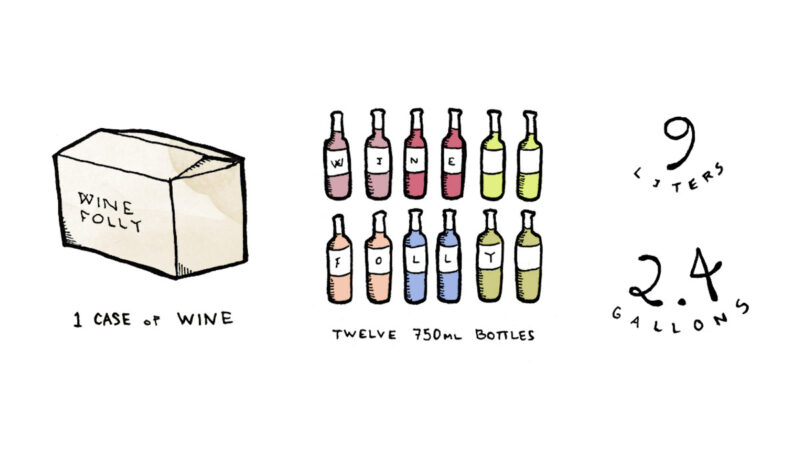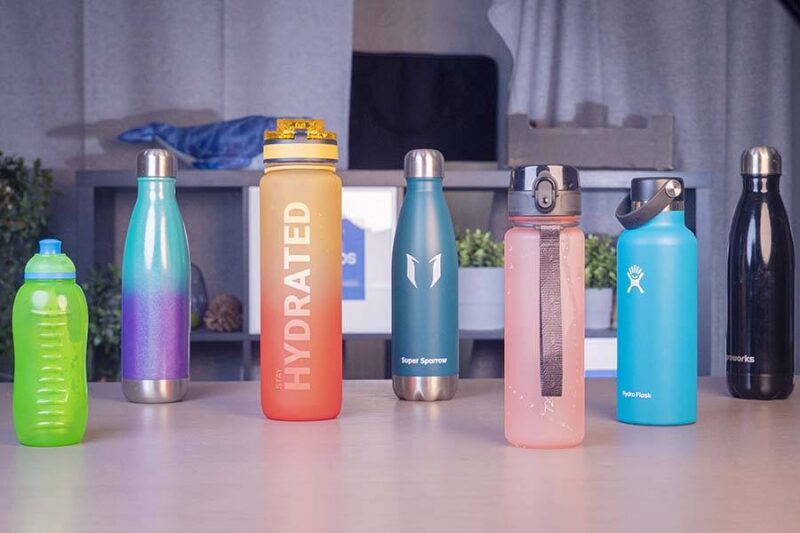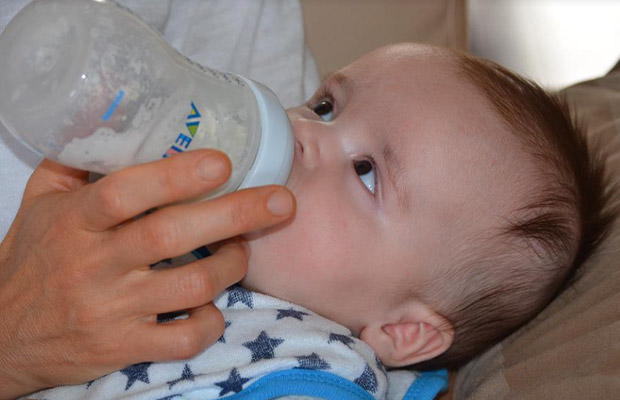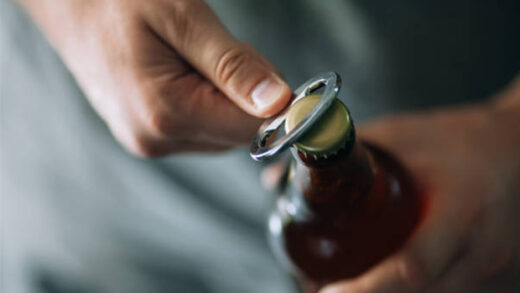What will you do with all of those used plastic bottles when you’re finished? You should consider making bottle rockets. Bottle rockets are very simple to construct, so anyone can make them. It’s a great fit for a day off from school or some summertime fun because the materials are also fairly simple to find.
A rocket really only requires two components: mass to eject and something to push that mass out. A fuel accomplishes these two tasks in a traditional rocket. After being ignited, the fuel releases the reaction’s byproducts through the rocket’s nozzle, giving the vehicle thrust. How does that give something thrust? Something that you push back on yourself if you push on it (like the propellant). This is just one of the fundamental properties of force.
That’s how rockets are introduced to you. And using those straightforward principles, you can construct a rocket out of a soda bottle. As a matter of fact, there are a few ways to accomplish this. Keep reading!
Table of Contents
Water Bottle Rockets: How Do They Work?
As you continue to pump air into the bottle, the pressure inside the bottle increases until the force of the air pushing on the water is sufficient to force the cork out of the bottle’s end. While the bottle pushes back in the opposite direction, water rushes out in one direction. As a result, the bottle launches upward.
What Causes The Water Bottle Rocket To Lapse?
Inside the bottle, pressure increases as you pump air into it. If you keep pumping, eventually the force of the air pushing on the water will be strong enough to force the cork out of the bottle, causing the water to rush out in one direction while the bottle pushes back in the opposite direction. The rocket is propelled upward as a result.
Similar to a bottle, space rockets operate by burning fuel to produce a powerful jet of hot gas instead of squirting water. The rocket is propelled upward by the force of the gas pushing downward. Newton’s Third Law is clearly illustrated in this situation.
How To Make Rocket Bottles?
Traditional Water Bottle Rocket
It’s safe and relatively easy to do this. The fundamental concept is to combine water and air in a bottle. Increase the air pressure after turning the bottle upside down and adding a stopper of some sort. The air forces the water out the bottom when you remove the stopper.
In this instance, the ejected mass is water, and the energy is provided by compressed air. You can either buy a kit or build it yourself because it is a fairly simple design. This slow-motion video shows a fancy homemade water bottle rocket launcher.
Now, let’s launch another water bottle. An older pump and launcher that functions as both.
Liquid Nitrogen And Water Rocket
You can use liquid nitrogen in its place if you don’t have access to butane. Most people don’t have access to leftover liquid nitrogen (but I do), so that was a joke. Butane and liquid nitrogen have very different boiling points, which is a significant distinction. Liquid nitrogen is much colder, with a boiling point of -320°Being so cold, it boils more quickly when in contact with water that is at room temperature (-196°F). Even soda is not required. It is identical to the butane-soda rocket aside from that.
The butane-soda rockets weren’t as strong as liquid nitrogen rockets in my experience. They still went much higher, though perhaps that is just because it was simpler to set up (once you have the liquid nitrogen). A bottle of nitrogen can explode if you add too much to it, so use caution.
Butane And Soda Rocket
To prepare the bottle for the butane, you start with some soda and pour a small amount of it out. The butane is then added on top of the soda. The boiling point of butane is 30°F (-1°C). It is therefore quite cold as a liquid, and propane is even colder (having a boiling point of -43.6°F). However, when you pour this cold liquid on top of the soda, it acts somewhat as insulation and prevents it from easily boiling and turning into a gas.
Because of its lower density than water, liquid butane (and propane) floats on top of the water. When you knock the bottle over, though, everything is different. The butane quickly boils after mixing with the hotter soda and creating a large amount of butane gas. This gas then forces the soda out of the bottle’s opening, which is now at the bottom, because the volume of butane gas is significantly larger than that of butane liquid.
You’ve got a butane-soda rocket there. The soda is the ejected mass, and the butane gas’s expansion forces the soda out of the bottle. I adore this rocket because you can launch it by simply tossing it over, and it just appears to hang there as it falls and lifts off. Here is another slow-motion launch.

